Horse Hind Leg Issues

Of the entire body, the legs and hind are of the most prominent for injuries in horses. All joints within the equine are surrounded by joint fluid as well as a thick padding of cartilage called menisci. The stifle joint is similar to that of the human knee and is attached to the horse’s femur and tibia. From there, muscles, tendons and ligaments run down to the hock joint, another joint that lies halfway down the back leg. Six small bones comprise this joint, with no muscle, making the hock joint highly susceptible to injury and commonly the site of strain and arthritis. Next, we will take a look at the a few types of lower body injuries in horses and what causes them.
Types of Hind Leg Issues in Horses:
- Stringhalt Injuries are the result of over flexing of the back legs. If the horse looks like it is taking very high steps or stomping down with the hoofs, it is wise to check for a stringhalt injury.
- Bog Spavins are caused by wear and tear on the hock joint and result in swelling around the hock. Though many horses can perform fine with them, if the bog spavin is left untreated, pain, inflammation and lameness can occur.
- Thoroughpins are identified by upper hock swelling. This condition is caused by inflammation in an upper rear hock tendon, due to overuse or injury.
- Capped Hocks can be caused by unnatural impact or overuse of the tendons and ligaments. The condition is marked by large, fluid-filled swellings on the hock area.
- Curbs is a condition where the upper hind area becomes inflamed due to impact. Lameness may accompany the swelling due to the high level of pain associated with this injury.
While rest or steroids are often recommended to treat these conditions, we recommend our Alpha2EQ® orthobiologic therapy. Astaria Global has made significant advances to our α2M plasma technologies to introduce a new line of AlphaActive™ Therapies, Alpha2EQ, for inflammation/degeneration of joints in equine. This advanced, patented equine plasma technology takes only one hour to administer and can allows veterinarians to inject multiple pain sites in the same visit. Alpha2EQ provides remarkable results for inflammation and osteoarthritis as both a treatment and a form of preventative care that is completely drug free. Learn more by visiting astariaglobal.com.
Source: Blocksdorf, K. (2019, August 15). The Most Common Hind Leg Problems in Horses. Retrieved November 21, 2019, from https://www.thesprucepets.com/hind-leg-problems-in-horses-1886457.
